The Evolution of Horror: A look at ten of the best, must see horror films of 2017 (plus 4 bonus picks and five great horror shorts)
What if I just waltzed in here as 2017 came to a roaring end and said to you, a faithful and smart horror reader: “Bub, you don’t know horror”?
OK, hold on. Whoa! Put down that chainsaw, little girl. How can you even lift that, anyway?
I don’t mean you have bad taste. I mean you, me, all of us: we don’t quite know what horror looks like any more. Wonderfully, we can’t pick it out from the crowd a mile away, or see it coming. Because the traditional definitions are changing, and that’s good for all of us.
After 2015’s opening salvo (It Follows, The Babadook) and 2016’s artillery barrage (The Witch, The Eyes of My Mother, Green Room, Don’t Breathe, on and on), the calcified walls that threatened to pen in the horror genre have been bombed into rubble. And thank Craven for that! Because they were arbitrary, and pretty useless. And a little dumb.
Out of this liberation has arisen one of the great bumper crops of horror in 2017, exceeding, I think, even 2016’s boom. And just as exciting as the quality of films was the diversity in voices that came with it: many of the very best movies this year were from first time directors (including several women), and a bunch put people of color front and center.
Now, from this pile of primo stuff, I’m plucking ten as the best, plus a moment I think you’ll always remember from each.
How’d I do my math? Pretty simple: I asked, did it have something to say? Did it surprise me? Did it push limits while honoring the audience? Will we remember it later? Also, was that shit scary?
And here’s what I came up with:
THE BEST OF 2017
10. The Babysitter
Every review of a good horror-comedy starts by mentioning that horror-comedy is hard to do. Bullshit. Horror-comedy is easy, which is why there are so many of them. But there are only a handful of great ones, because too many folks tell great jokes and forget what we call came for: a great story.
Enter … McG? Yup. Seriously: the Smashmouth-video-directing, Charlie’s Angels helmer delivers a witch’s brew of twists, gore, one-liners and gags right down the gullet of a genuine coming-of-age story about a boy gaining his independence while avoiding murder by Satanists. You know, family stuff.
You’ll never forget: stepdad’s car taking flight.
9. Split
Night Shyamalan directs, but don’t call it a comeback. That happened in 2015 with The Visit, AKA the movie where thousands of people went, “Old people are scary!” And also that dirty diaper scene.
That means Shyamalan is already warmed up when he delivers Split, the story of a group of girls kidnapped by Kevin (James McAvoy), who is being torn apart by the 23 personalities in his single body.
The Blumhouse method obviously suits Shyamalan: out of the constraints of another super-limited budget comes the best performance of the year in horror, and one of the best in any genre, as McAvoy inhabits the voices in Kevin’s head, delivering them as complete, distinct and terrifying individuals.
If you haven’t seen the movie and have somehow managed to avoid having the end spoiled for you, watch it right now! I won’t say more than just: M.’s still got it.
You’ll never forget: The Beast, and who’s tracking him.
8. The Girl with all the Gifts
Don’t be misled by the reviews: calling this a “fresh take on the zombie genre” inverts the categories. The Girl with all the Gifts is actually one of the best examples in recent history of identity horror, of which zombie movies are a subset. Great identity horror – The Thing, Invasion of the Body Snatchers – forces us to consider the idea of losing who we are.
In a post-apocalyptic near future, a fungus has reduced most of humanity to feral flesh eaters, and a small group of scientists (including Academy Award winner Glenn Close) and soldiers are trying desperately to find a cure. Their focus is on second-generation carriers, who retain their ability to learn – and teen Melanie (Sennia Nanua, in the lead role) is their best hope. Romero fans will hear clear echoes of Day of the Dead in the setup, but this movie, which also steers toward Matheson’s I Am Legend, is not going where you think it is.
The tension is thick, the story is inventive and the scares are real. And beneath it all is rich, essential commentary about losing influence with age, the fear of irrelevance that comes with handing over the world to the next generation.
You’ll never forget: that breathtaking plant tower, and what it means.
7. The Transfiguration
14-year-old Milo (Eric Ruffin) is a bullied, stoic orphan living with his shell-shocked older brother in the inner city. Hidden behind his numbed routine is Milo’s terrifying secret: he leads a second life as a vampire, stalking the concrete jungle at night. (Cinematographer Sung Rae Cho shoots for “realism” – Milo’s demand of vampire movies – and delivers in spades.) Eventually, the dark world Milo inhabits connects him to profoundly troubled teen Sophie, and in their burgeoning relationship, their destructive dreams become reality.
Milo’s obsession with vampire lore turns the film into part research project, part love letter that makes for great second-viewing spotting. References include Let The Right One In and Romero’s Martin, and Troma’s Lloyd Kaufman and indie icon Larry Fessenden both make cameos in their home city.
The Transfiguration is quiet, brutal and shocking, and hit me on delay like a double-shot of whiskey. The true nature of Milo’s affliction is never resolved, and in the open space, we’re left to reflect on our own influences and dark tendencies.
You’ll never forget: the daughter who was home.
6. It
What a charged atmosphere for a film to be released into! The questions swirled, and not charitably: Will it stand up to the TV series? How will Skarsgard’s Pennywise compare to Curry’s? Can Muschietti direct, after Mama?
The answers, for me, were: it worked across the board. Scary and fantastical and just a bit bizarre, It – Part One was the most Stephen King of all King adaptations to date, accomplishing what I previously considered impossible by capturing the particular alchemy of what makes his writing so compelling: a mix of nostalgia for innocence, awkward humor and terror erupting from the mundane.
Where getting even one great performance from a child actor evades many even well-budgeted films, this troupe of kids ranges from better than average to truly great (Sophia Lillis as Beverly). Chung-hoon Chung (Oldboy) proves again he’s one of the most underappreciated cinematographers working today. And yes, dear friends, Skarsgard – mesmerizing, soothing like a snake’s hiss, barely containing his ravenous hunger – is far more the novel’s Pennywise than Curry was.
You’ll never forget: that painting lady. Yeesh.
5. Hounds of Love
What a rush it is to watch a movie that surprises, managed deftly by what seems like a practiced hand, trim and smart and packed with tension – and to discover afterward it’s someone’s first feature. That was my experience watching Ben Young’s Hounds of Love at Gateway Film Center.
The tale, set in Perth, Australia in the late ‘80s, follows Vicki, a teen kidnapped by chilling serial-killer couple John and Evelyn White. As the clock ticks down for Vicki, she scrambles desperately to divide John and Evelyn in some way that will give her a chance at escape.
Young drops us headfirst into the seedy, perverse perspective of the killers immediately, opening with a slow-motion sequence so slimy you’ll want to shower afterward. And he never lets go – this is as effective a forced perspective job as I’ve seen in a long while, as Young makes full use of his confined location to force us to be the killers. As Vicki struggles and time slips away, tension mounts with every scene, including (and this is for real) one I actually thought I was going to have to leave, it had me so anxious.
This is an exemplary achievement: lean, well-constructed, brilliantly acted and, I hope, a herald of what’s next from Young.
You’ll never forget: Nights in White Satin.
4. A Dark Song
Another debut to celebrate. Grieving mother Sophia will do anything to speak to her dead son again, including embarking on a grueling, relentless month-long ritual led by broken spiritualist Joseph.
The mysteries deepen, grow darker and fold back on themselves as the two hole up in an old Welsh home and lose themselves in protection circles, blood-letting and sleep deprivation. Is Joseph a charlatan? What secret is Sophia holding back about her son’s death? And what will happen at the end of the ritual?
A Dark Song is a spare and bleak descent-into-madness story that not only maintains its steely grip on your throat throughout, but gradually tightens it, so slowly you don’t realize you can’t breathe until you’re seeing motes in your eyes.
You’ll never forget: the end.
3. Raw
French director Julia Ducournau makes her gorgeous, unsettling feature debut with this cannibal coming-of-age story. Yup, people legit passed out at the TIFF screening, and yup, I found “the finger scene” deeply disquieting in a way I, a hardened horror hound who swims in the stuff, haven’t felt in a long time. (Cue “Like a Virgin.”)
But Raw isn’t a gross-out splatterfest. The gore is effective, well-placed, but used sparingly. Instead, it’s Justine’s simultaneous transformations that are so dizzying – her sexual awakening and the blooming of her personhood both happen to coincide with her developing a taste for the forbidden flesh.
Raw hits a complex note, then holds it pitch-perfect from start to finish – the quintessential mark of expert direction. Guiding us with a sly breadcrumb trail out into the new darkness of possibility, Ducournau’s film is precise, powerful, economic and tremendously accomplished for any filmmaker, let alone a first-timer.
You’ll never forget: giving the finger. Also, dancing in the mirror to that song.
2. The Blackcoat’s Daughter (February)
This absolute gem is Oz Perkins’s (son of Psycho’s Anthony) debut film, though most people saw his second, I Am the Pretty Thing That Lives in the House, before it. That’s because February (as it was originally known) sat on the shelf at A24 for two years after acquisition, including three pulled releases. Eventually, they renamed it The Blackcoat’s Daughter and gave it a theatrical run in March of this year.
The film follows Kat and Rose, marooned at a Catholic boarding school for winter break. Things are wrong from the start, as we see in Kat’s horrific opening dream sequence. Both girls are harboring secrets, and as they hunker down in the closed school against the upstate New York winter, the secrets begin to come to light, their relationship deteriorates, and the differences between reality, fantasy and time become blurred. With the mid-film introduction of another vulnerable girl travelling to the school to right a wrong, the tension spikes … and a reckoning is in the making.
Saying any more risks robbing you of the astonishing experience of watching the film unfold. For me, the movie’s combination of atmospheric dread and hidden story, meted out in fragments, was love at first sight. This would have been my favorite horror movie of 2017 by a pretty significant margin, if it hadn’t been for a little movie released in late February …
You’ll never forget: the boiler room, and the ID.
1. Get Out
After the mountain of praise that’s piled up since its release early this year, you might think this taught thriller has been overhyped. But you’d be wrong.
None of us knew what to expect when Get Out was announced as the first feature from comedian Jordan Peele, mostly known as a sketch writer and performer as part of the duo Key and Peele. But whatever questions there were about his seriousness, or his grasp of the grammar of film, were answered in the first few minutes with a real, raw and terrifying booster-rocket of an opening sequence.
Here’s one of the things that catapults Get Out into rarified air: You can’t really set out to make a social commentary movie. A commentary movie, if that’s what you make, won’t work, because you can’t tell an audience how to feel. Peele does the opposite, telling a thrilling story by grounding us in Chris’s reality, mining our shared cultural assumptions and pitting him against the worst of them. It’s terrifying first as a horror movie. Then, its resonance deepens the horror, and echoes it deep into our lives.
I haven’t seen a better-directed feature of any type this year. Here’s hoping Get Out is recognized for the instant masterpiece it is – and that its success, as well as that of others in this list, continues our horror renaissance!
JUST MISSED THE CUT…
These four fine flicks had moments of greatness, but didn’t quite make the final list.
1. The Devil’s Candy
Sean Byrne (The Loved Ones) returns with another killer flick, this one following a jacked Ethan Embry as an artist in a fight to save his family from a disturbed man who may be getting his instructions directly from the Devil himself.
2. The Void
Astron-6’s Steven Kostanski and Jeremy Gillespie directed this homage-a-minute chiller about a group trapped in a hospital by a cult bent on opening a gate to the abyss. Fans of practical effects will love the roster of revolting mutated beasties. (Read Review)
3. It Comes at Night
Trey Shults (Krisha) reminds me of a young Stephen King: he has preternatural control of the basics of his medium (visual grammar), but hasn’t yet learned to control the throttle. This post-apocalyptic story is like an Escher house: intriguing, elaborate, clinically perfect — but you can’t live in it. (Read Review)
4. Gerald’s Game
Speaking of King, fan-favorite Mike Flanagan pulls off a genuine stunt by adapting the unadaptable novel of the same name, which takes places entirely in the mind of a woman handcuffed to a bed in a remote cabin. That and the wrist gag should put this on everyone’s list. (Read Review)
INDIE HORROR SHORTS OF 2017
While we are celebrating the best feature films of the year, let’s not forget all the incredible work in short film — often representing some of the most promising and groundbreaking work in the genre. Here are a few of my favorites from 2017.
1. Dawn of the Deaf (UK)
Directed by Rob Savage. Thrillingly innovative, this story pits the deaf population against the hearing after a force turns them murderous. Its 360-degree sign-language spat may be the shot of the year.
2. Creswick (Australia)
Directed by Natalie James. This unorthodox haunt story features a precise hand and a masterful, gripping use of quiet and space.
3. The Sunken Convent (Denmark)
Directed by Michael Panduro. This loose Hans Christian Andersen adaptation marries gorgeous production with gruesome imagery.
4. The Daughters of Virtue (USA)
Directed by Mike Escobedo. Few have delivered the throwback aesthetic so well as in this cultish take on prayer groups.
5. Sol (Brazil)
Directed by Carlos Gananian. Perfect editing and beautiful shooting elevate this creepy possession short to best-in-class status.


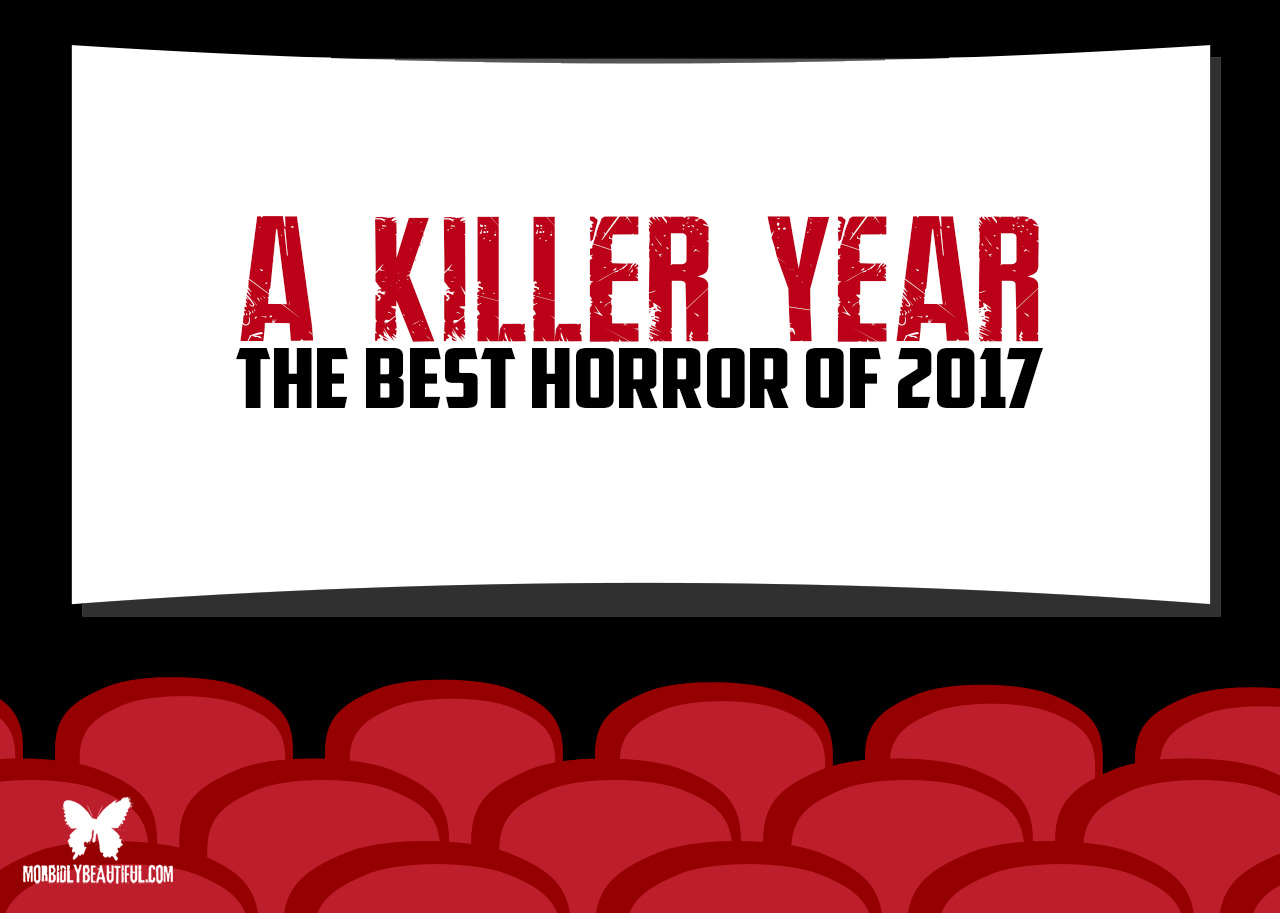
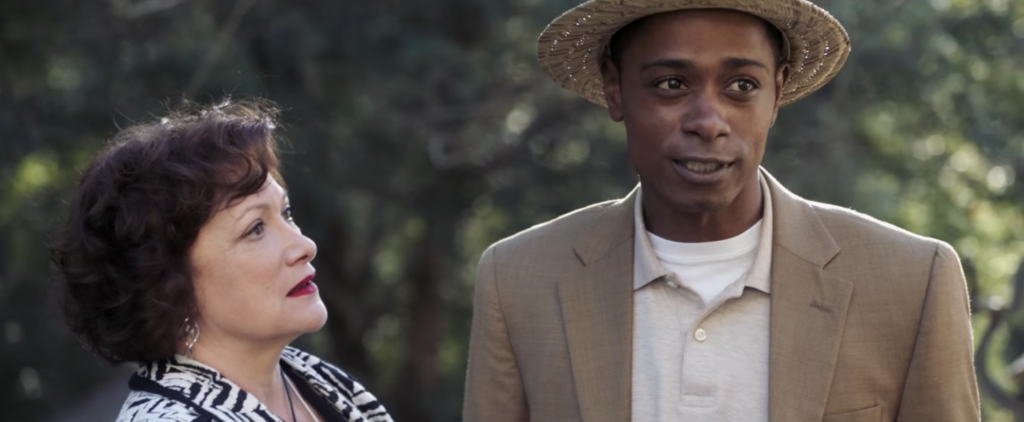
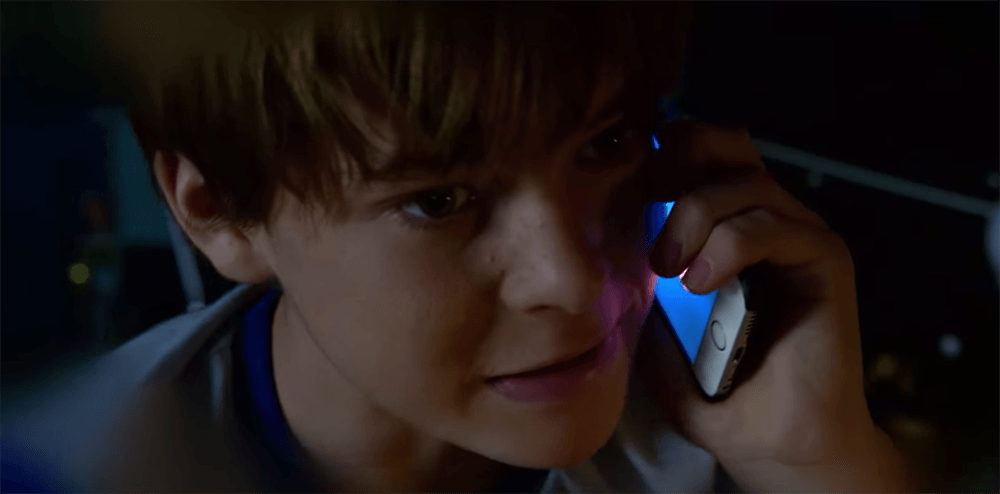
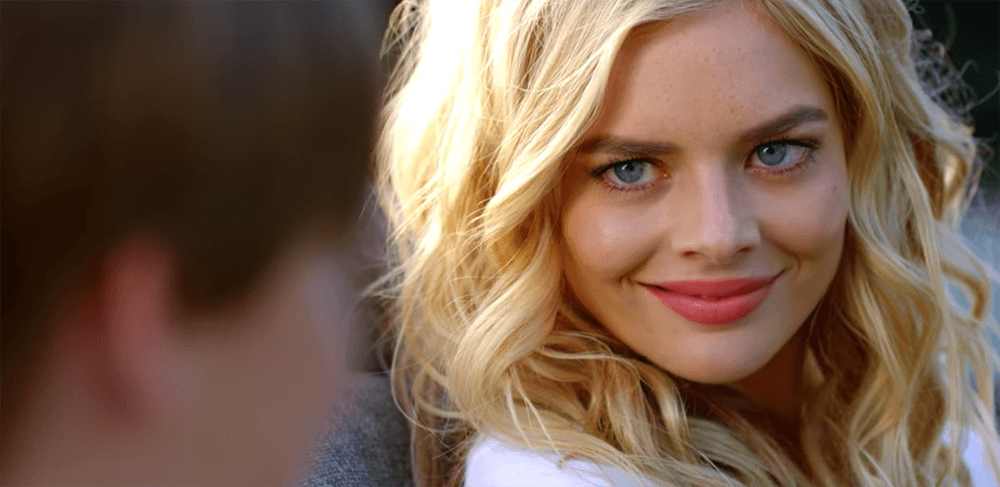
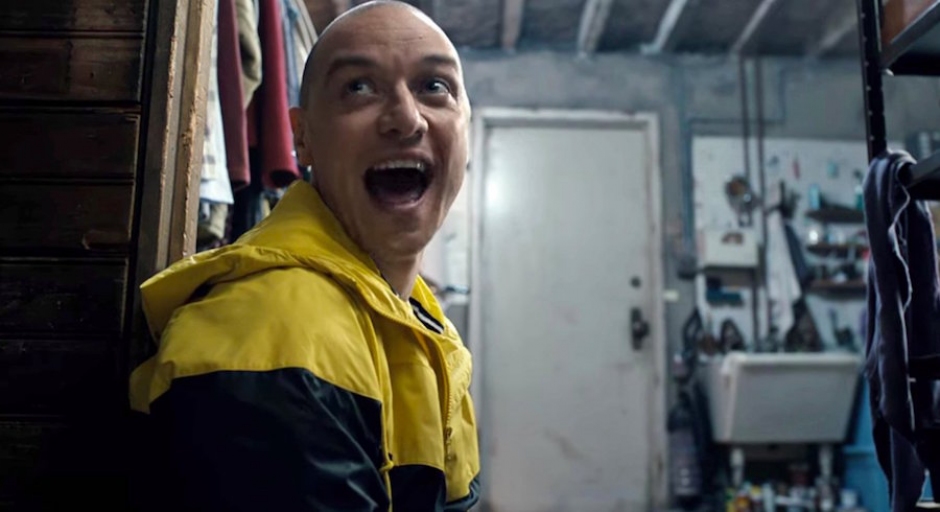

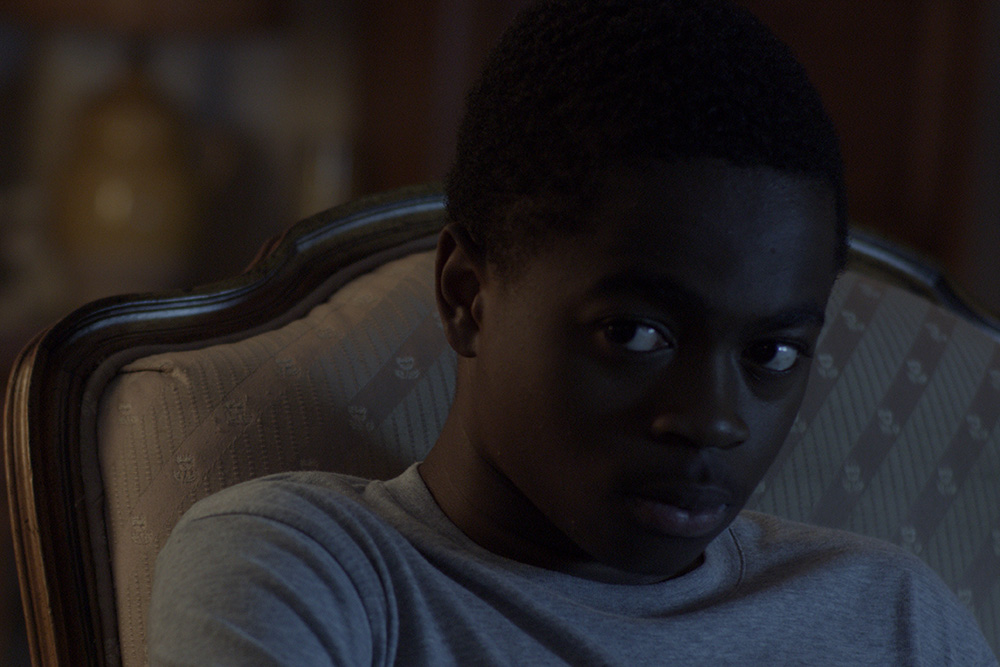
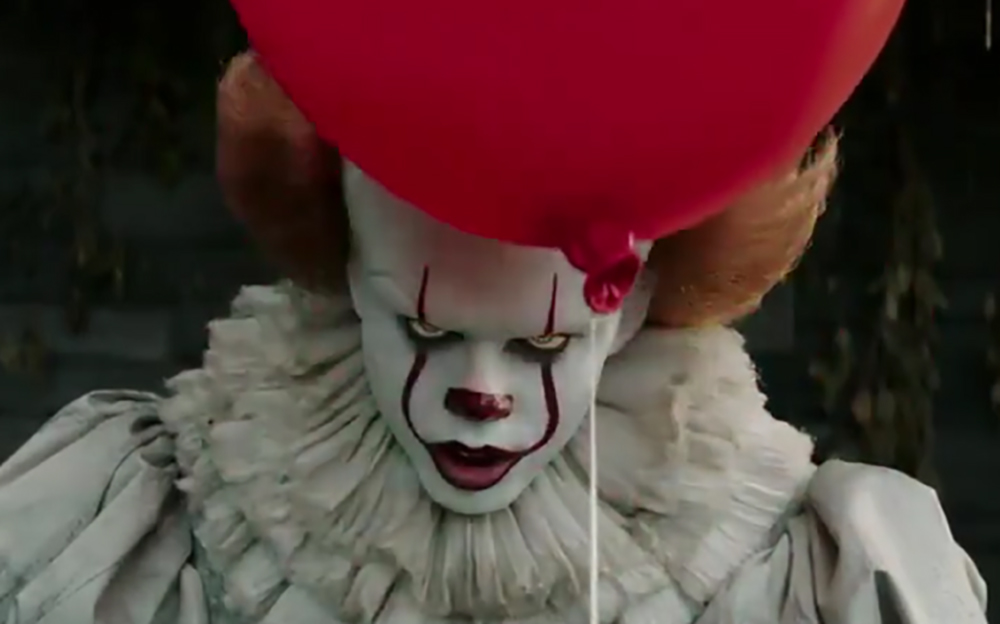
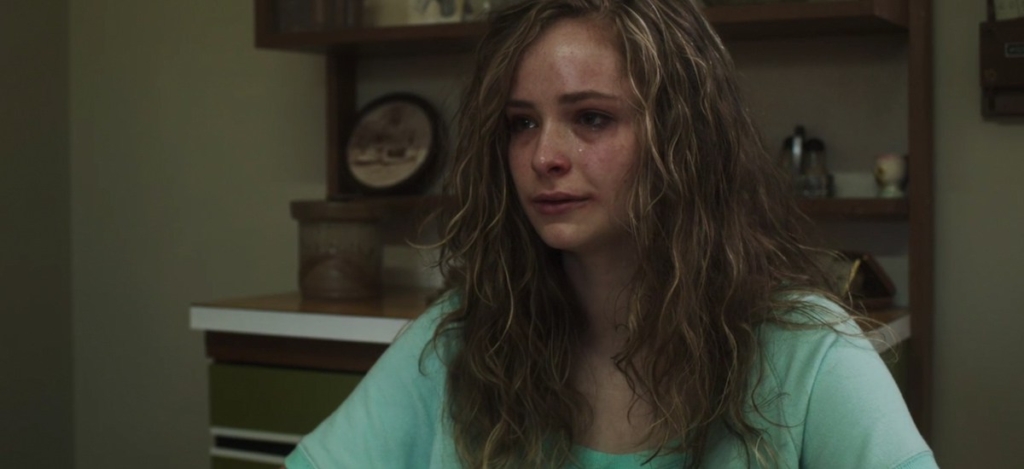

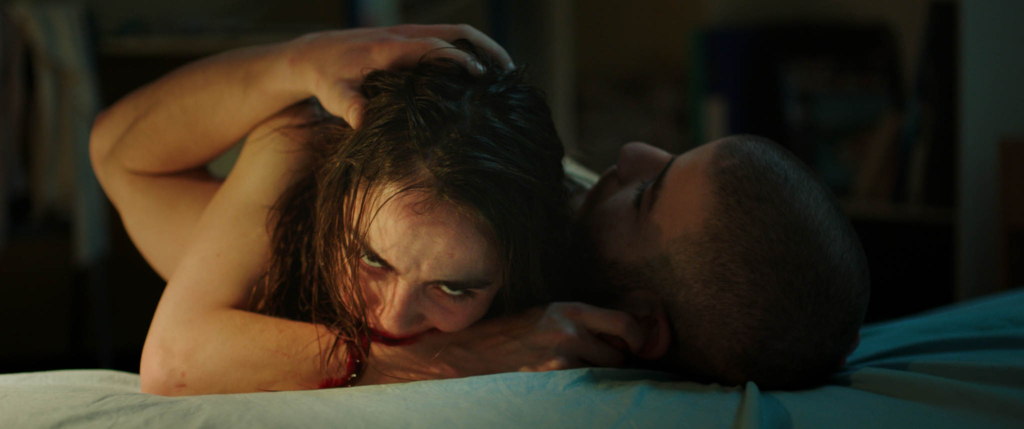
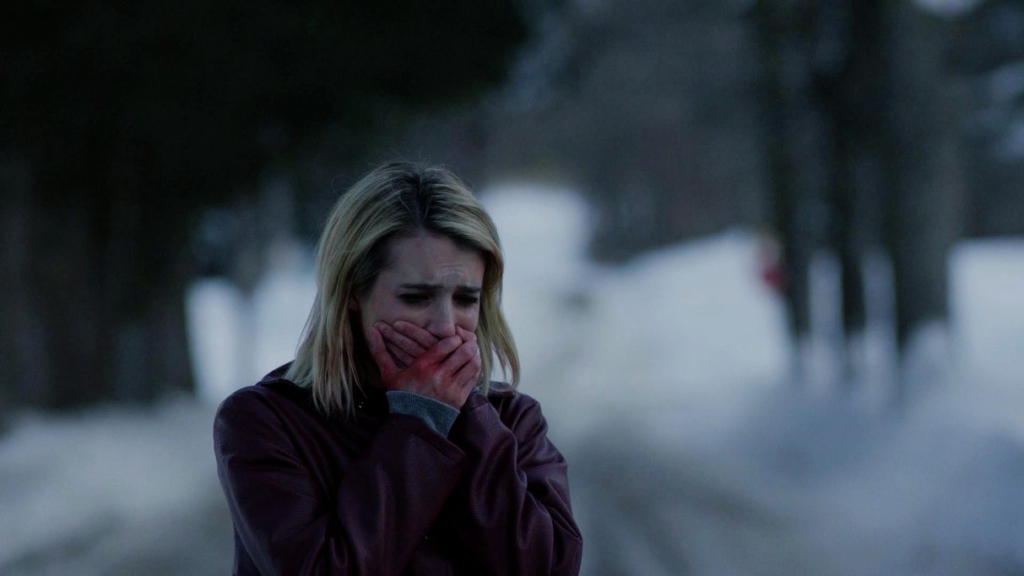
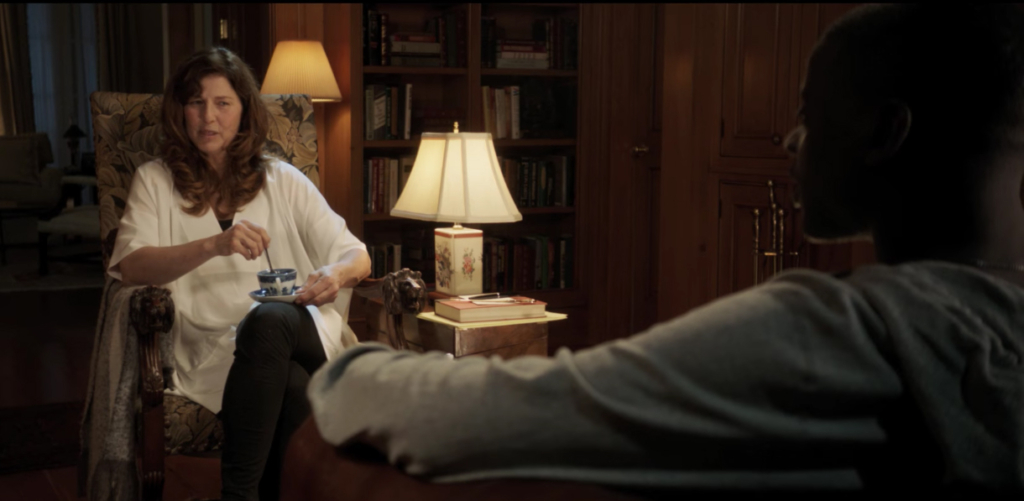
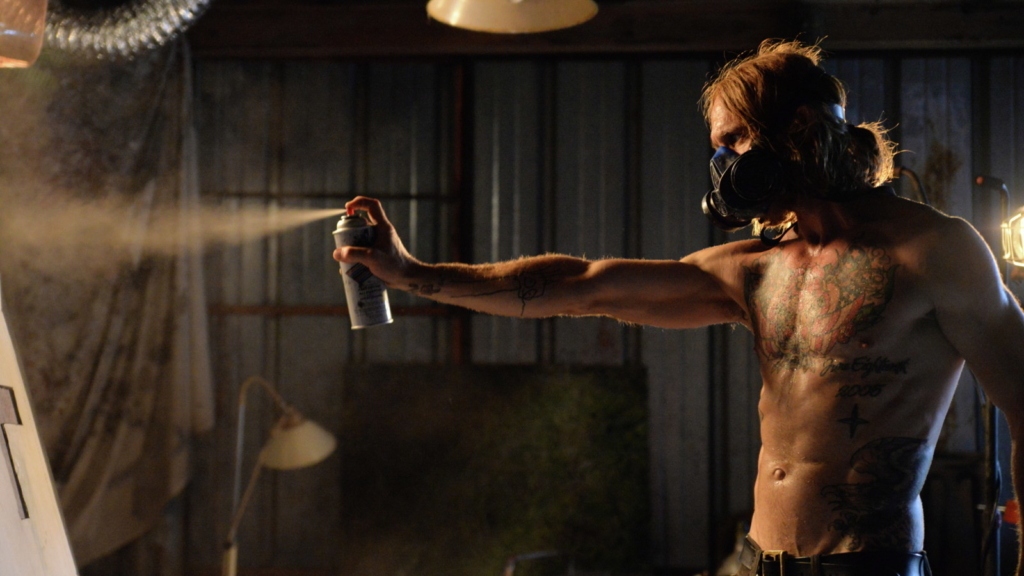
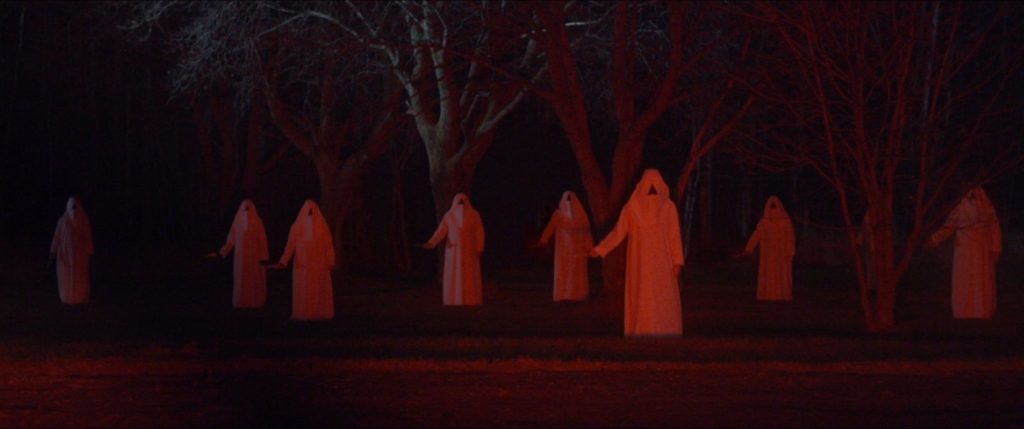
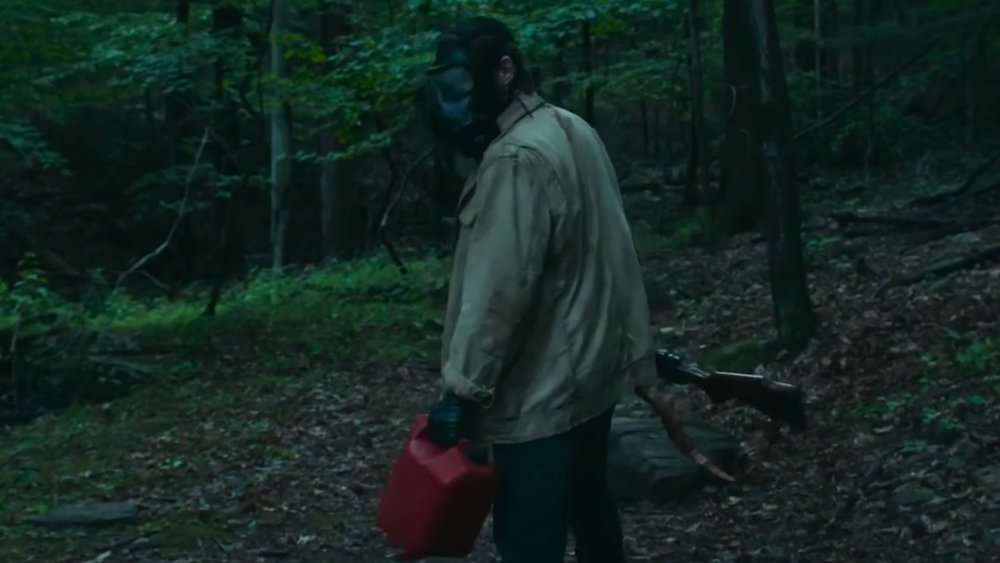
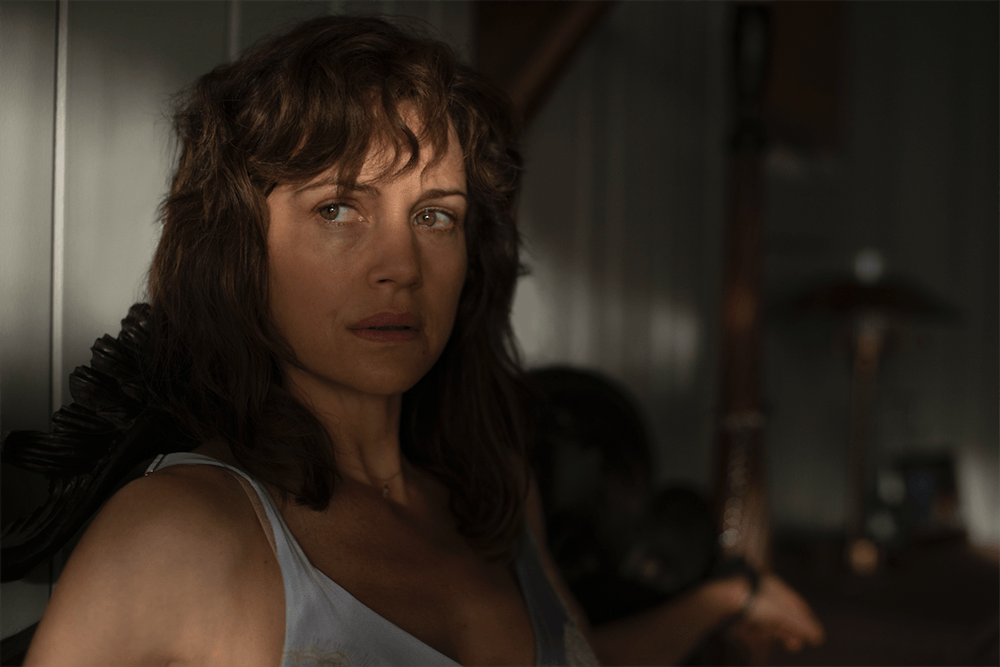
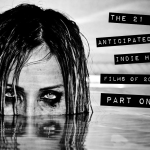
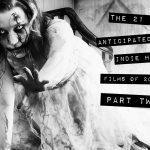

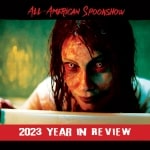




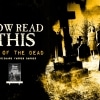
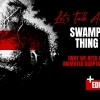


Follow Us!